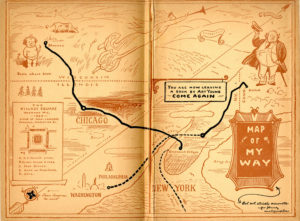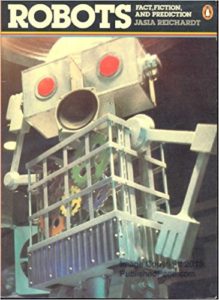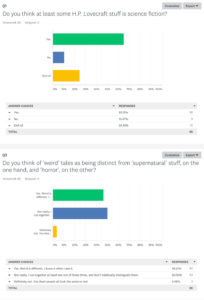I’m still pursuing intermittent uncanny researches as a result of which – when I’m not reading about the Scottish Enlightenment! – I’m dabbling in late-19th Century Spiritualism. This is rather new to me. As I confessed in comments to that last post, I had this vague idea that there were probably two Henry Sidgwicks (one, the well-known utilitarian ethicist; the other, the guy who did psychic research.) Turns out he was just a busy guy (unless one of them was, like, a crisis apparition, so there really were two.) So I’m reading books like this one [amazon]: Spectres of the Self, by Shane McCorristine. Here’s a bit that really struck me. His fellow SPR psychic researcher, F. W. H. Myers, wrote this as part of his Sidgwick obituary, in 1900:
In a star-light walk [in 1869] which I shall not forget … I asked him, almost with trembling, whether he thought that when Tradition, Intuition, Metaphysic, had failed to solve the riddle of the Universe, there was still a chance that from any actual observable phenomena, – ghosts, spirits, whatsoever there might be, – some valid knowledge might be drawn as to a World Unseen. Already, it seemed, he had thought that this was possible; steadily though in no sanguine fashion, he indicated some last grounds of hope; and from that night onwards I resolved to pursue this quest, if it might be, at his side. Even thus a wanderer in the desert, abandoning in despair the fair mirages which he has followed in vain, might turn and help an older explorer in the poor search for scanty roots and muddy water-holes.
So he spent the next 30 years looking for that!
I’m quoting this the next time I have to teach those bits in Nietzsche about the English utilitarians! It’s like a side-quest between stage 3 and 4 of the main mission in Twilight of the Idols. You find a ‘true world’ that is attainable – but still not discernably consoling, redeeming or obligating?
1. The true world — attainable for the sage, the pious, the virtuous man; he lives in it, he is it.
(The oldest form of the idea, relatively sensible, simple, and persuasive. A circumlocution for the sentence, “I, Plato, am the truth.”)
2. The true world — unattainable for now, but promised for the sage, the pious, the virtuous man (“for the sinner who repents”).
(Progress of the idea: it becomes more subtle, insidious, incomprehensible — it becomes female, it becomes Christian. )
3. The true world — unattainable, indemonstrable, unpromisable; but the very thought of it — a consolation, an obligation, an imperative.
(At bottom, the old sun, but seen through mist and skepticism. The idea has become elusive, pale, Nordic, Königsbergian.)
4. The true world — unattainable? At any rate, unattained. And being unattained, also unknown. Consequently, not consoling, redeeming, or obligating: how could something unknown obligate us?
(Gray morning. The first yawn of reason. The cockcrow of positivism.)
5. The “true” world — an idea which is no longer good for anything, not even obligating — an idea which has become useless and superfluous — consequently, a refuted idea: let us abolish it!
(Bright day; breakfast; return of bon sens and cheerfulness; Plato’s embarrassed blush; pandemonium of all free spirits.)
6. The true world — we have abolished. What world has remained? The apparent one perhaps? But no! With the true world we have also abolished the apparent one.
(Noon; moment of the briefest shadow; end of the longest error; high point of humanity; INCIPIT ZARATHUSTRA.)
In general, I’m having a lot of fun reading about Scottish Enlightenment and late-19th Century Spiritualism. Any book recommendations about the latter in particular? There are a lot of books on the subject and not all of them are good, I’m finding.
Myers, in addition to co-authoring the SPR magnum opus, Phantasms of the Living, was a poet.




